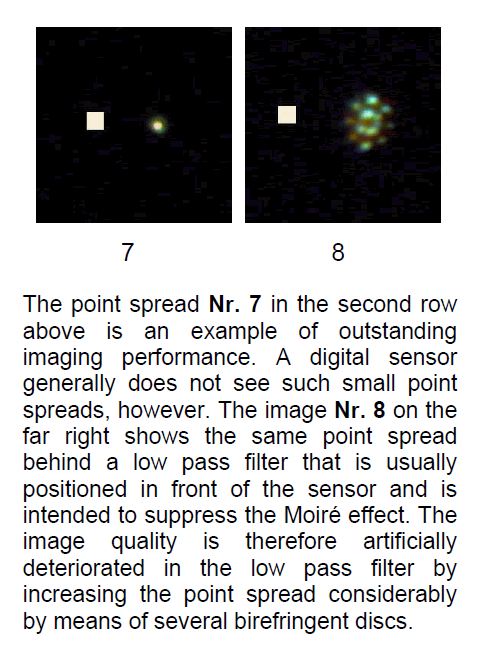I dont know if this is the right place to start this thread, but I was wondering since 35 mm is supposed to have better resolution, why or what is the difference with that and an HD camera? Maybe I am missing something obvious but I dont get it.
I guess HD can be recorded directly to hard drive or something like that resulting in a tapeless workflow...sorta like the P2 system that Panasonic has. I can see that to be the only advantage really. Because according to the wikipedia, 35 mm film provides more dynamic range, and has better propensity to pick up finer detail. Anyone care to enlighten me? Thanks!
Thanks!
I guess HD can be recorded directly to hard drive or something like that resulting in a tapeless workflow...sorta like the P2 system that Panasonic has. I can see that to be the only advantage really. Because according to the wikipedia, 35 mm film provides more dynamic range, and has better propensity to pick up finer detail. Anyone care to enlighten me?




